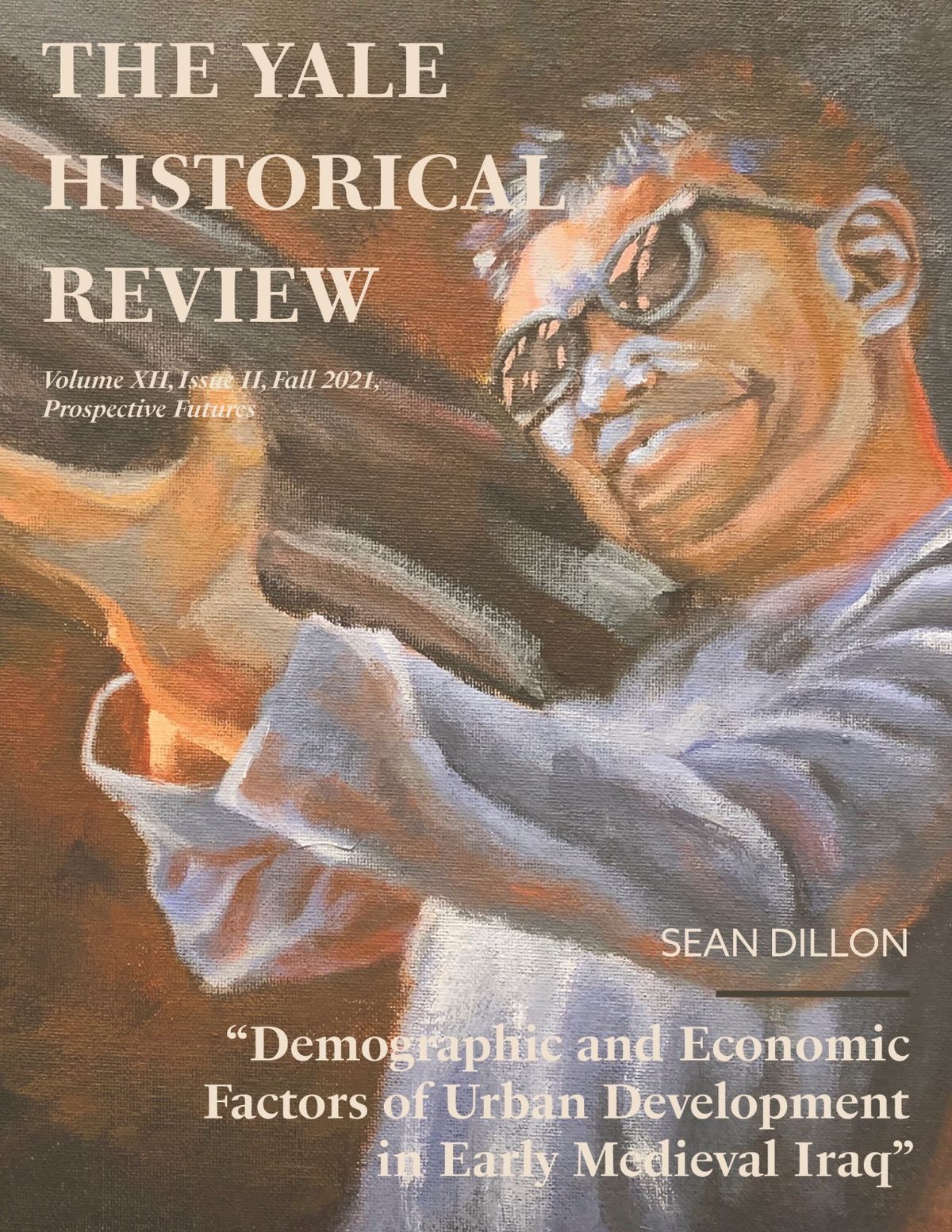Dear reader,
In this last issue of the YHR under our leadership, we want to consider the future both as it appears in the innovative historical research within these pages and as it pertains to the journal itself.
In total, we have five pieces from a wide geographic range that all point toward prospective futures. Some of our papers examine how past communities envisioned better futures for themselves; some track changes which presaged later social development; and one discusses how our political communities will evolve through the twenty-first century. Inspired and informed by personal narratives found in the archive, in oral histories, and in their own lives, the historians published in this issue visualize how communities of the past imagined their future, our present.
In Sean’s prize-winning paper "Demographic and Economic Factors of Urban Development in Early Medieval Iraq," new data brings to light the rapid urbanization that occured in Early Medieval Baghdad and contextualizes that change in the context of broader regional demographic expansion, emergent rural-to-urban human migration, and substantial shifts in agrarian and non-agrarian sectors of the Abbasid economy.
Researching over 100 slave narratives and pulling from literary and material evidence for her essay “A House is Not a Home,” Elizabeth reveals that for enslaved Americans in the 19th century, comfort could be resistance. She shows how comfort played its part in winning freedom for Black Americans and what that means for the future of fighting anti-Black racism.
Sharmaine, in her essay "When Women Take Control," analyzes more than 40 newspaper articles, legislative transcripts, and oral histories to piece together the female-led achievements of early family planning pioneers in Singapore (FPAS) and their presaging of later feminist movements.
Maire examines the historical and psychological shadow of China’s one-child policy in “Mothers Without Children: Abortion and Abandonment.” Departing from past historiographical and methodological approaches to the policy, Dowdall shines a spotlight on the personal narratives of Chinese women in this history of forced abortions and adoptions, arguing for a trauma-informed framework in contemporary histories of violence.
And finally, our Managing Editor Esther spoke with Dr. Terence Renaud about his new book, New Lefts: The Making of a Radical Tradition, which explores the legacies of a small neoleftist organization in Germany on larger twentieth-century movements throughout Europe. In their wide-ranging conversation, they also ask (and answer) how communities change, as well as who is considered a part of those communities. Tradition, innovation; despair, hope.
As a publication, the Yale Historical Review is relatively new. With just over a decade of excellent publishing under our belt, each board has had the opportunity to make the Review its own. We like to think we shepherded the Review and its many editors, copy editors, designers, and artists through a time of difficult change and established a structure for our future. As always, we are proud of our editorial process and the dedication each of our readers, authors, and editors brought to it. We expect that the future we have started to build will bring even more achievements for us to look on with pride. It’s exciting to imagine prospective futures for the YHR, how the next editorial board will continue to shape and change our community.
Enthusiastically yours,
Grace Blaxill, Editor in Chief
Jisoo Choi, Editor in Chief

